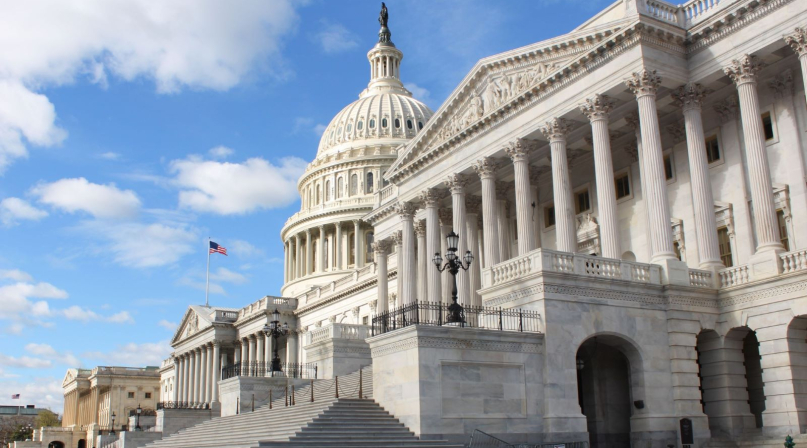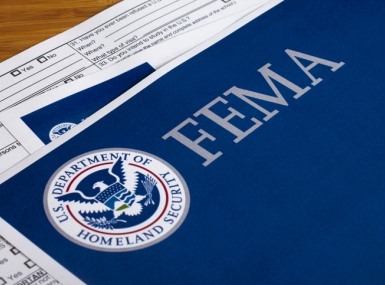Disaster legislation takes center stage in the 118th Congress
Author

Brett Mattson
Upcoming Events
Related News

Key Takeaways
As counties, we know that all disasters start and end local. But we rely on critical federal programs and partnerships to assist in the recovery process.
In 2022 alone, 622 counties experienced at least one federally declared major disaster — a designation that opens up a suite of federal funding opportunities for impacted communities and our residents.
One of the most important programs available to counties following a declaration is the Federal Emergency Management Agency’s (FEMA) Public Assistance (PA) Program.
The PA program is funded through FEMA’s Disaster Relief Fund (DRF) and reimburses counties for recovery activities ranging from debris removal, emergency sheltering, infrastructure repair and a host of others.
However, FEMA has recently announced that the DRF is almost entirely out of available funds — roughly $3 billion left — and as a result, the Agency is switching to Immediate Needs Funding, which will limit the activities that FEMA will reimburse for to only “life saving measures.”
This will dramatically limit the ability for counties to continue long-term recovery efforts that may be already underway until such a time that Congress provides additional funding.
NACo, in conjunction with a host of state and local organizations, has implored House and Senate leadership to quickly pass a supplemental funding package for the DRF to ensure FEMA can continue to support our recovery efforts.
The Biden Administration has proposed a $16 billion supplemental for the DRF which could be attached to a Continuing Resolution to keep the government funded as we rapidly approach the Sept. 30 deadline to fund the government.
Another critical program for counties that has not received a long-term reauthorization since 2012 is the National Flood Insurance Program (NFIP).
NFIP has operated under a series of more than 30 short-term extensions since the Biggert-Waters Act expired in 2017 and recently implemented a new risk methodology — dubbed Risk Rating 2.0 — which has caused premium rates for some homeowners to skyrocket.
NACo has been successful in partnering with congressional champions in both the House and Senate to introduce legislation to reauthorize and reform NFIP.
In the 118th Congress, the bipartisan, bicameral National Flood Insurance Program Reauthorization Act (NFIP-RE) (S.2142/H.R.4349) would provide a five-year reauthorization for the program and make critical reforms including capping premium rate increases at 9%, increasing funding for flood mapping capabilities and enhancing transparency on Risk Rating 2.0.
We anticipate a Senate Banking Committee hearing on NFIP during the September work period.
One final piece of legislation that would provide critical relief to our residents following a disaster is the Disaster Assistance Simplification Act (DASA) (S.1528).
Once federal assistance becomes available, county residents often find themselves having to complete multiple complex applications that require similar information.
This process is arduous, redundant and confusing for individuals during one of the most stressful times of their lives.
The bipartisan DASA would create a universal disaster application for survivors to ensure they are able to access vital funding more efficiently. The DASA passed the Senate with overwhelming support before the August recess and now heads over to the House where NACo is working to socialize the importance of this legislation.
NACo will continue to advocate for these critical pieces of legislation and countless others that would ensure counties and our residents have the resources necessary to quickly recover from disasters.
Related News

States file lawsuit challenging FEMA’s new rules on emergency management grants
On November 4, a coalition of 12 states filed a lawsuit against the U.S. Department of Homeland Security (DHS) and the Federal Emergency Management Agency (FEMA), alleging that recent changes to key emergency management grants are unlawful and could disrupt state and local preparedness efforts.

County Countdown – Nov. 4, 2025
Every other week, NACo's County Countdown reviews top federal policy advocacy items with an eye towards counties and the intergovernmental partnership.
FEMA bill staffers offer insights into reform effort
NACo Intergovernmental Disaster Reform Task Force heard from staffers who helped shape a bill that would make dramatic changes to the Federal Emergency Management Agency.
County News
NACo report offers blueprint on disaster mitigation
The report on NACo’s 2023 Intergovernmental Roundtable on Disaster Resilience’s discussions, Defining and Building Capacity for Disaster Mitigation, is available now
